Do Motherboards Have DisplayPorts? Find Out Here!
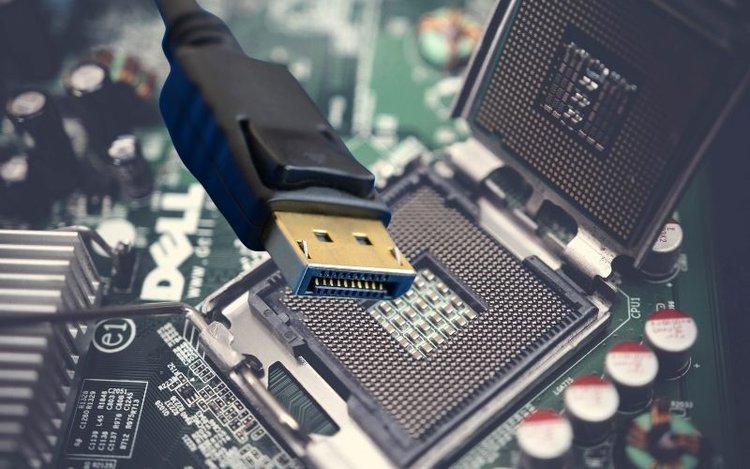
What To Know
- While several motherboards feature DisplayPort connectors due to their high transmission speed and quality display support, the functionality of these ports is contingent upon the type of CPU installed.
- To determine whether a motherboard’s DisplayPort will function, users should check their CPU model names.
- For example, Intel CPUs without an “F” suffix and AMD CPUs with a “G” suffix usually indicate the presence of an iGPU, which means the motherboard’s DisplayPort should be operational.
In this guide, we’ll unravel the compatibility of DisplayPort connectors with motherboards, providing clarity on when and why they work—or don’t.
Whether you’re troubleshooting or planning a build, we’ve got the insights you need.
Stay with us as we connect the dots on motherboard DisplayPorts.
Quick Navigation
How Does the DisplayPort on Motherboard Work?
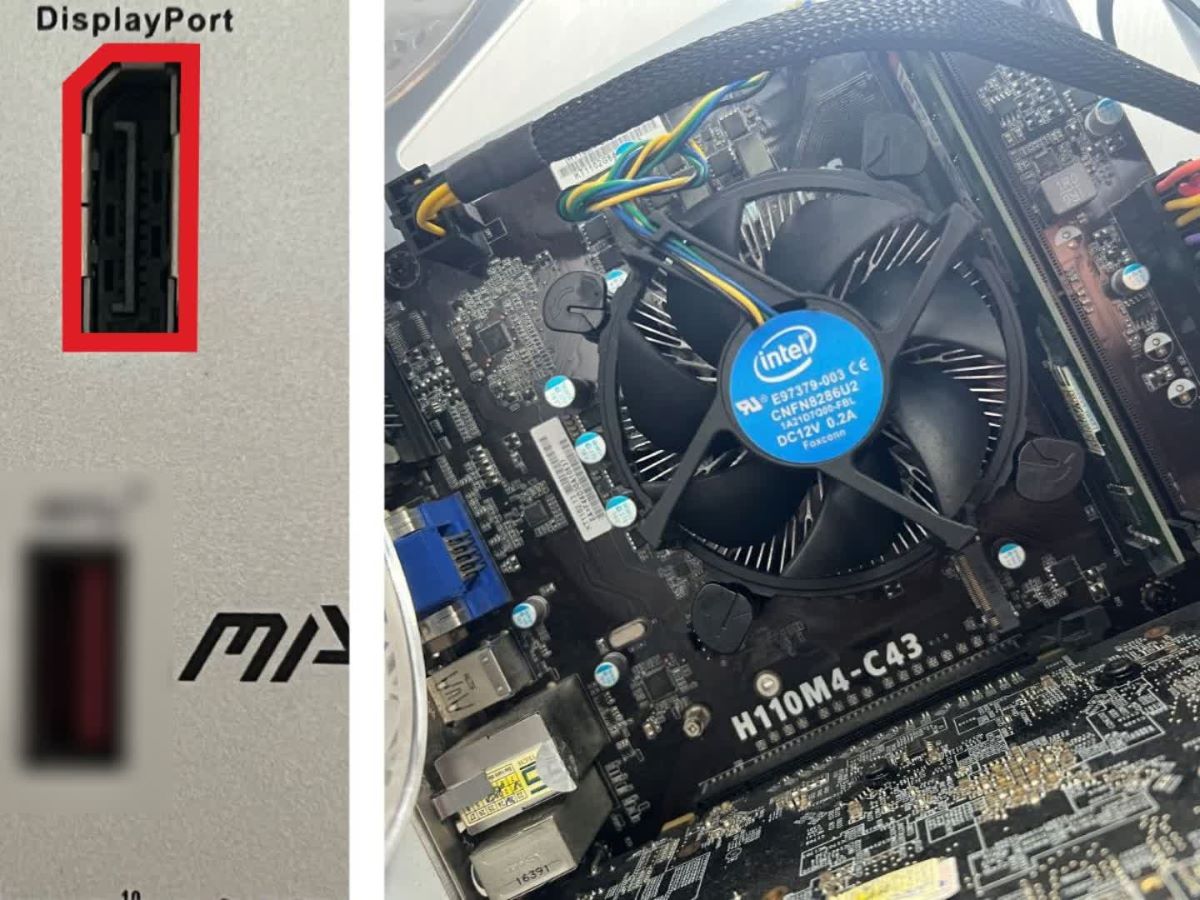
We’ll get to it, but first, let’s explain the DisplayPort and motherboards.
The DisplayPort is a digital interface that transmits audio and video signals from your computer (or other source device) to a display. With DisplayPort, you can connect your computer to an external monitor or display, replicating its screen.
The motherboard is a circuit board that connects different computer components, including the CPU and memory. It also provides connectors for external peripherals like Ethernet, Wi-Fi, graphics cards, and interface connectors.
The DisplayPort is one of the interface connectors on the motherboard. Considering its transmission speed and display quality, it is a better alternative to older analog connectors like VGA or DVI. The DisplayPort interface supports high-resolution images and can transmit up to 8K resolutions at a 60Hz refresh rate.
The interesting part is that while your computer may have a DisplayPort connector, this connector will only work if you have the right CPU.
The DisplayPort interface relies on the CPU’s integrated graphics processing unit (iGPU). However, not all CPUs have an integrated graphics processor — this feature varies depending on the brand and model of your CPU.
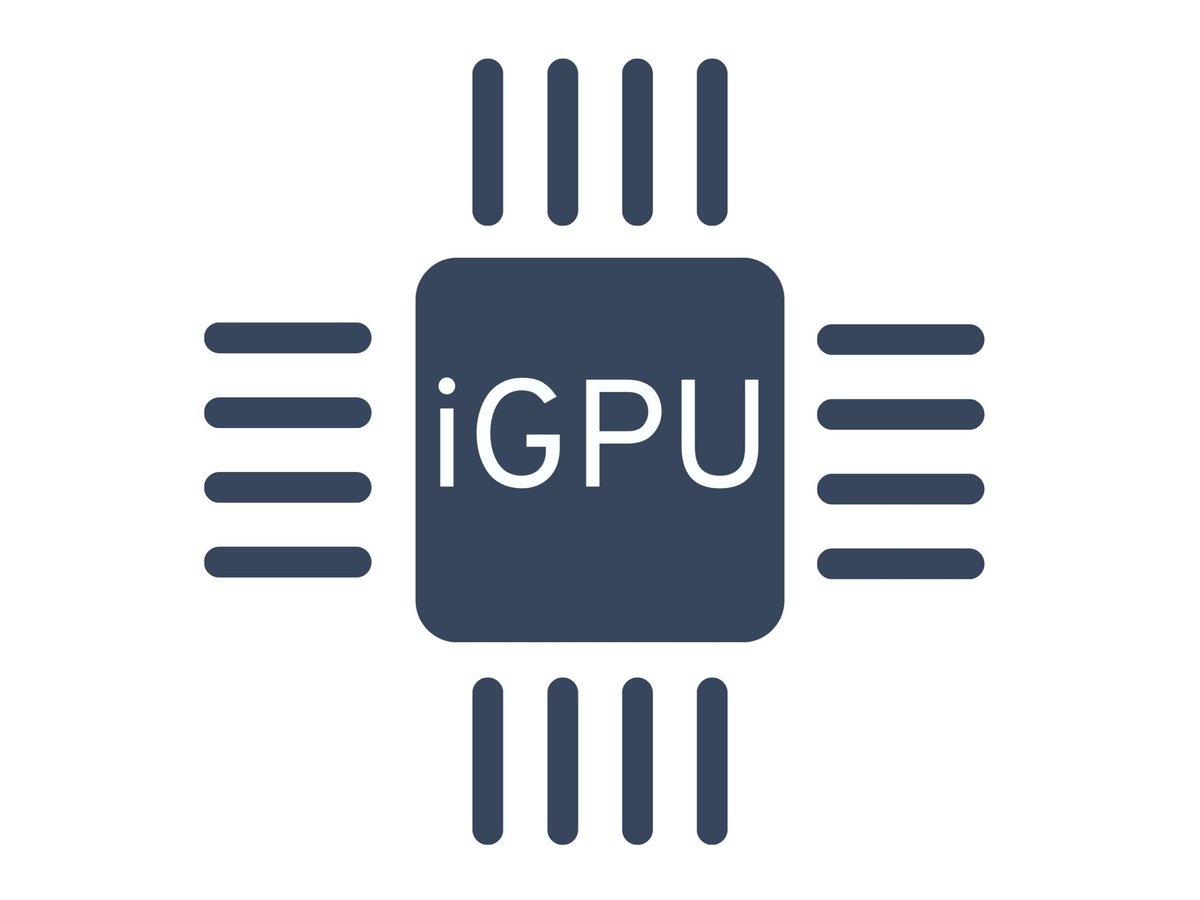
In the absence of an iGPU, you have only two alternatives:
- Replace the CPU with one that has a built-in iGPU or
- Install an external dedicated graphics card.
A dedicated/discrete graphics card (dGPU) will improve the graphics performance of your computer system. Unlike integrated graphics processors, dGPUs use their own memory and solely process graphics; hence, they are faster.
However, with iGPU and dGPU, it is usually an ‘either/or’ situation. If you use a discrete graphics card, the integrated graphics processor and connectors on your motherboard become automatically disabled.
NOTE: When using a dGPU, connect your external monitor to the ports on the dGPU for proper display functionality. If you connect to the motherboard’s DisplayPort, your monitor will not output anything.
How To Know Which Motherboard Has an iGPU
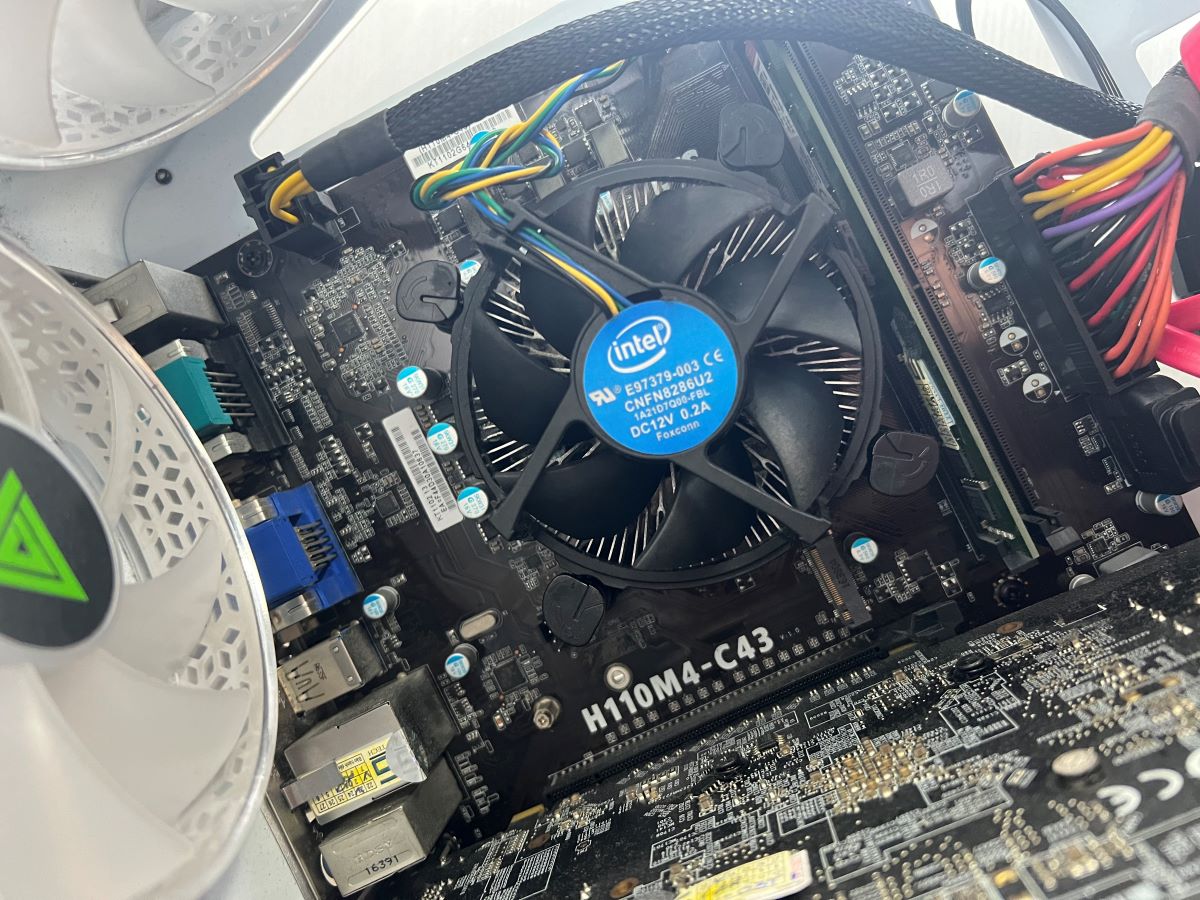
Dedicated graphics cards can be expensive and space-consuming, so people are often looking for computers with an iGPU. While most computers have iGPU, there are some exceptions to the norm.
To clarify, it’s not the motherboard itself that has an iGPU. Instead, the iGPU is integrated into the CPU attached to your computer’s motherboard.
The question is, ‘How can you tell that the CPU attached to a computer’s motherboard has an iGPU?’
Here are a few things you can look do:
1. Check the Model Name
Sometimes, you can tell if a computer’s CPU is equipped with an iGPU from its model name. However, the naming system is different among CPU manufacturers.
For instance, most of Intel’s desktop CPUs are equipped with an iGPU except those with model names that end with an “F.”
Take the i5-10400F as a case study. This CPU does not have an iGPU, so the DisplayPort on its motherboard will not work. On the other hand, the i5-10400 has iGPU and a functioning DisplayPort connector on its motherboard.
AMD CPUs have a similar naming system; those with model names ending in “G” all have iGPUs. However, those with a blank space (no letter) at the end of their model name do not have an iGPU.
For example, the AMD Ryzen 7 5700G has an iGPU, while the AMD Ryzen 5 5500 does not.
Intel
|
Intel |
iGPU |
|
No |
|
| Intel Core i5-10400 |
Yes |
AMD
|
AMD |
iGPU |
| AMD Ryzen 5 5500 |
No |
| AMD Ryzen 7 5700G |
Yes |
2. Check Specifications
First, check for the specifications of your computer’s motherboard online or in the user manual. You’ll find a section that lists the motherboard’s graphics capabilities.
If the CPU attached to your motherboard has an iGPU, it’s usually listed under the graphics section. The iGPU may not necessarily be listed as “IGPU”; it can also be represented using any of these:
- Intel HD Graphics
- AMD Radeon Graphics
- Nvidia Graphics
3. Do a Manual Test
Another way to know if your motherboard’s CPU has an iGPU is to look for video outputs on the back of the motherboard — close to the USB, mouse, and keyboard ports. A motherboard with video outputs (like HDMI, DisplayPort, or VGA) is likely to have an integrated processor.
You can go a step further and test the DisplayPort connector to confirm if an iGPU is present. Connect your computer to a monitor via DisplayPort; if it works, the motherboard’s CPU has integrated graphics.
Why is Your Motherboard’s DisplayPort NOT Working?
If your motherboard’s DisplayPort doesn’t work, this section outlines the possible reasons.
1. No iGPU
As we’ve learned, some desktop processors do not have an integrated GPU (iGPU); therefore, their DisplayPorts will not work. You can navigate this by installing a discrete graphics card (iGPU) and using its DisplayPort connector instead.
2. Faulty Hardware
If you have an iGPU, but the DisplayPort connector on your motherboard stops working, check for faults in the connector port. Loose connectors or a damaged motherboard can interrupt signal transmission.
If you suspect any faulty hardware component, we advise you to take your computer to a professional technician to diagnose and fix the issue.
3. Active dGPU
Installing a dedicated GPU (dGPU) on the computer’s mainboard automatically turns off the motherboard’s iGPU. If you have a dedicated graphics card, the DisplayPort on your motherboard will not work.
How to Enable the DisplayPort on a Motherboard
You installed a dGPU, and the DisplayPort on your motherboard stopped working? It’s no surprise; the iGPU automatically goes off once the BIOS detects a discrete graphics processor.
However, you can still enable the iGPU and DisplayPort on your motherboard through the computer’s BIOS settings.
Below is a detailed step-by-step guide:
1. Go to Settings on your computer.
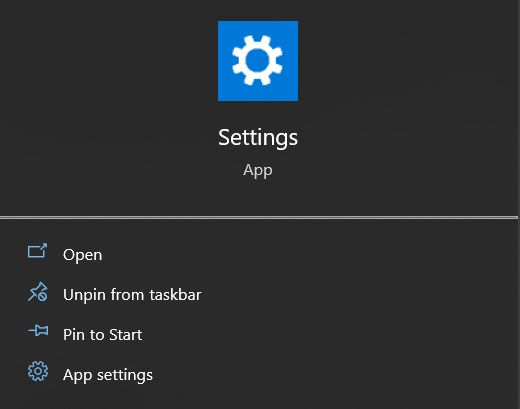
2. Click on Update & Security
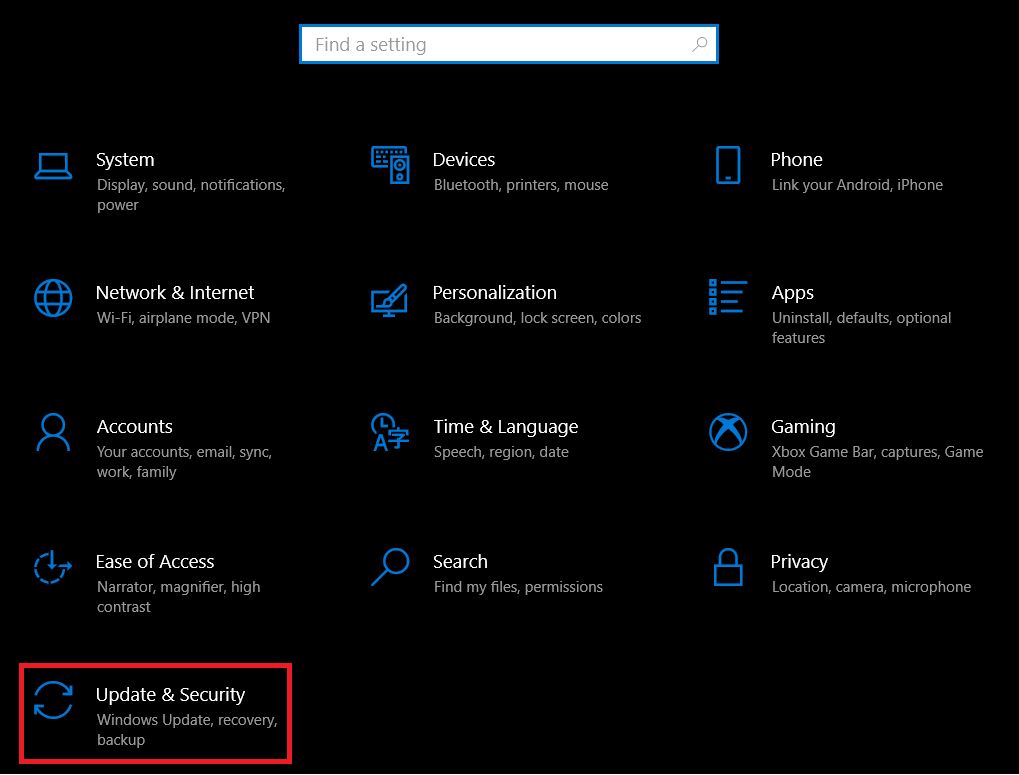
3. On the left side of the screen, select Recovery.
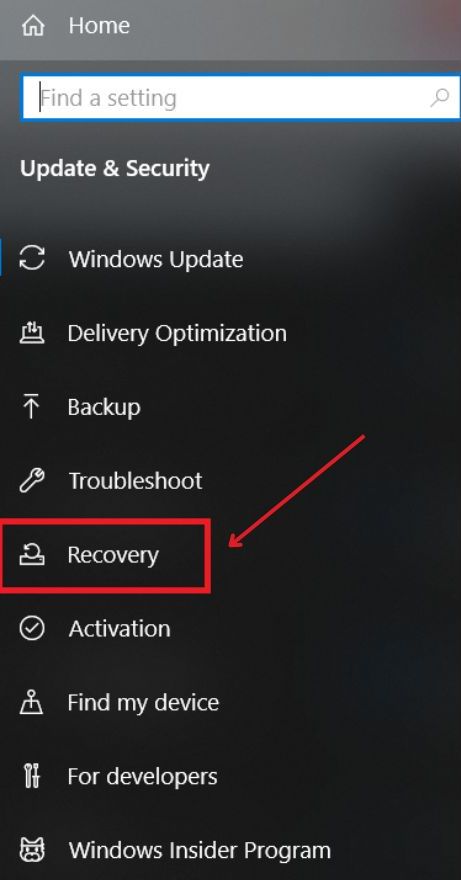
4. Find the Restart Now button and press it.
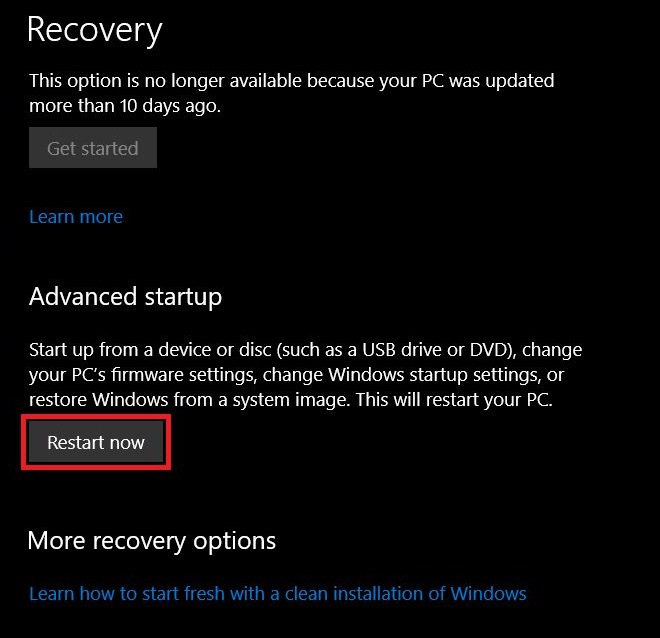
5. Wait a few seconds until the window below pops up. Select Troubleshoot.
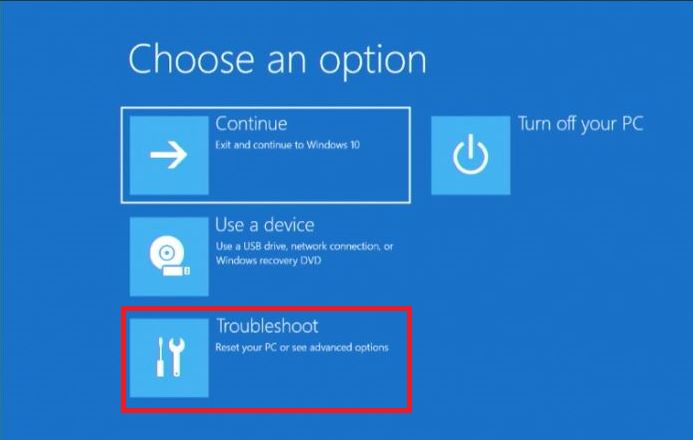
6. Click on Advanced options
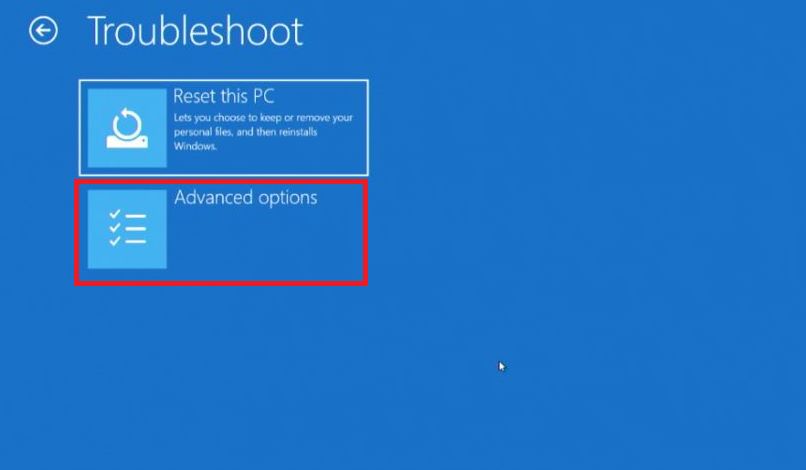
7. Select the UEFI Firmware settings
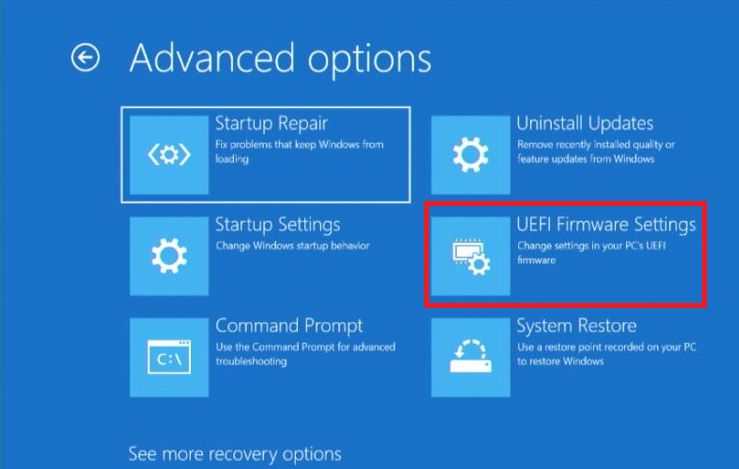
8. Click on the Restart button

9. The restart will lead you to the BIOS settings. Once in, look for the option Enable IGPU.
It may be listed as Enable Integrated GPU, Internal Graphic, Add-in Graphics, or CPU Graphic Multi-Monitor. The BIOS interface varies depending on the motherboard’s manufacturer.
10. Click on the iGPU option available to you and select DisplayPort.
11. Save and Exit to reboot your computer system.
Conclusion
Not all motherboards have DisplayPorts; among those who do, there are some whose DisplayPort connectors don’t work. You can check the graphics specifications on the motherboard’s manufacturer’s website or device manual to know if yours works.
Motherboards whose CPUs have an integrated graphics processor will have a working DisplayPort. If you’re still unable to use yours, in this case, the iGPU may be deactivated due to the presence of a discrete graphics card.
Follow the steps outlined in the article to enable your motherboard’s DisplayPort through the BIOS iGPU settings. Contact a technician if you suspect damage to your motherboard or other hardware.
Gabriella ‘Diogo is a technical writer with a vested interest in tech hardware and equipment. She shares her knowledge and processes in an easy-to-grasp, lighthearted style. When she’s not testing or researching device performance, you’ll find her writing short stories or rewatching episodes of her favorite sitcoms.

